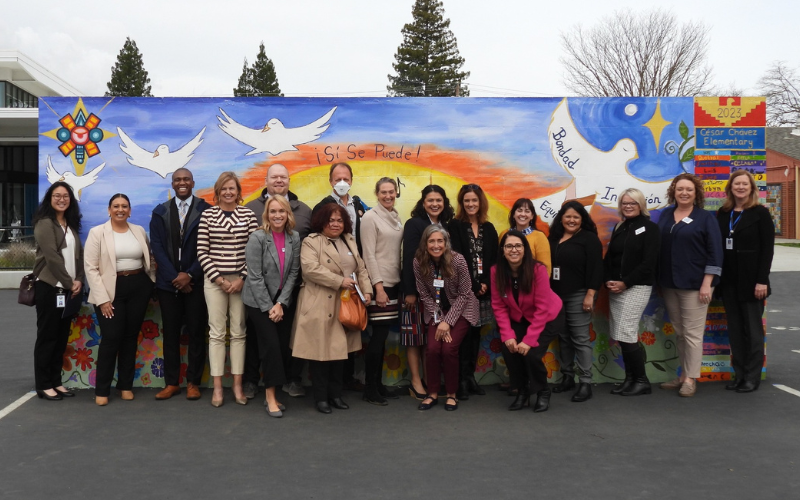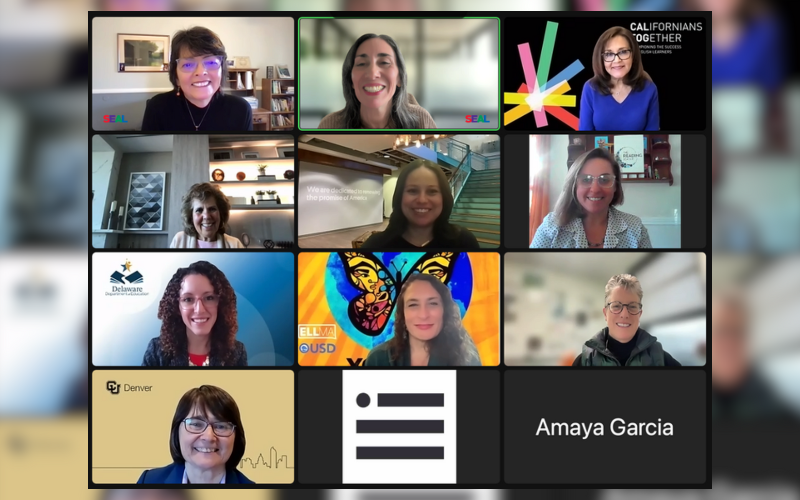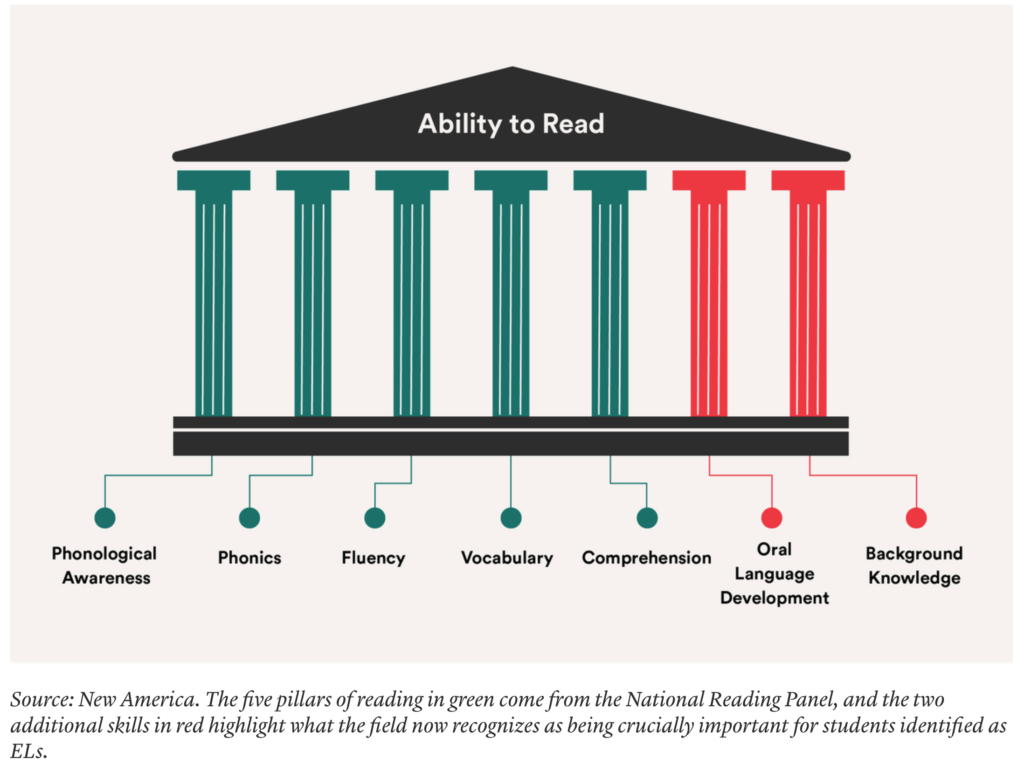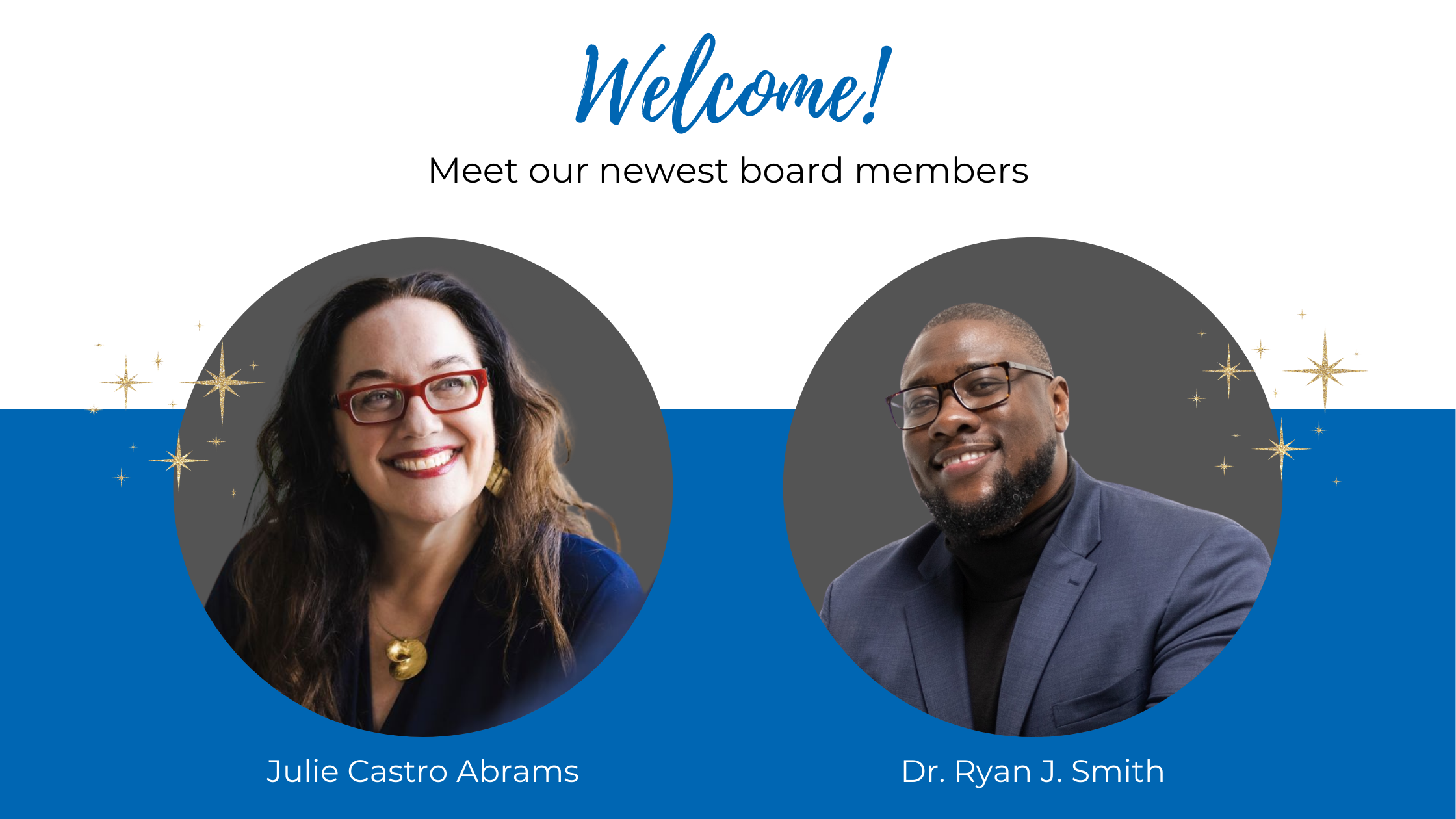State and Federal Officials Visit SEAL Partner DJUSD
Patty Chavez2024-03-06T18:45:51-08:00State and Federal Officials Visit SEAL Partner Davis Joint Unified School District
On February 23, 2024, U.S. Department of Education Assistant Deputy Secretary and Director, Office of English Language Acquisition, Montserrat Garibay, and California Department of Education (CDE) Deputy Superintendent Sarah Neville Morgan joined Davis Joint Unified School District (DJUSD) Superintendent Matt Best on a visit of DJUSD schools as part of their dual language immersion California school visits.
The delegation of state and federal officials first stop was Marguerite Montgomery Elementary’s Two-Way Bilingual Immersion program to learn first hand about the core elements of the schools eight-year partnership with SEAL. At Marguerite Montgomery, SEAL pedagogy creates alignment and articulation across the grade levels through professional development, curriculum support and coaching. SEAL has helped to build community and uplift the assets of all students in an environment in which approximately 40 percent of students are native Spanish speakers.
“It’s clear that the teachers are really invested in the SEAL program and to see it in action today is truly an inspiration.” – U.S Department of Education’s Assistant Deputy Secretary, Montserrat Garibay
Throughout the day, visitors conversed with teachers and students in Spanish about their reading and lessons, and they also had the opportunity to discuss with site leaders and district administrators the opportunities and benefits of multilingualism, as well as about the challenges in bilingual teacher recruitment.
Dual language immersion programs have shown to help children from English speaking and non-English speaking households in several ways, including to learn English, to help children become competent in their native language without sacrificing success in school, and to open up doors and bridge gaps between cultures and languages.
“Dual language immersion programs connect students and families to a school in ways that can’t be replicated. The visit to Davis schools far exceeded the expectations of our CDE team and that of our U.S. Department of Education visiting delegation. This is truly what all schools should be doing.” – Deputy State Superintendent Sarah Neville Morgan.
To learn more information about immersion programming and World Language opportunities in DJUSD, visit our World Language web page. You may also visit DJUSD Graduate Profile to learn more about the District’s Graduate Profile.
ABOUT DJUSD:
The Davis Joint Unified School District provides innovative educational programs to approximately 8,350 students at 17 school sites. In partnership with parents, DJUSD helps students develop the abilities and values needed to reach their full potential. Each year, an average of 700 students graduate from District high schools. With approximately 1,000 employees, including 500 teachers, DJUSD contributes significant economic value to the community. For more information, visit www.djusd.net or facebook.com/DavisJointUnifiedSchoolDistrict.




